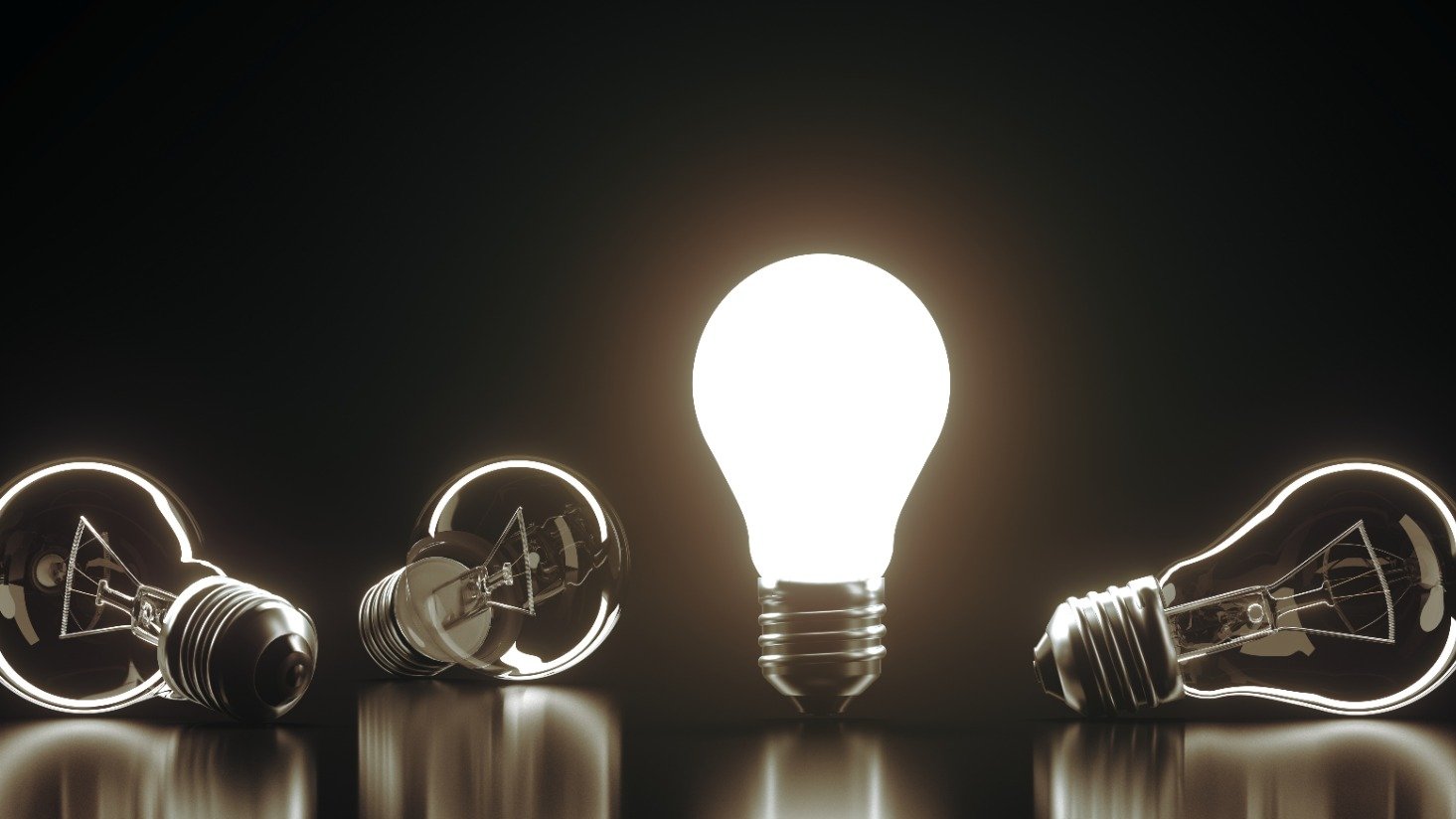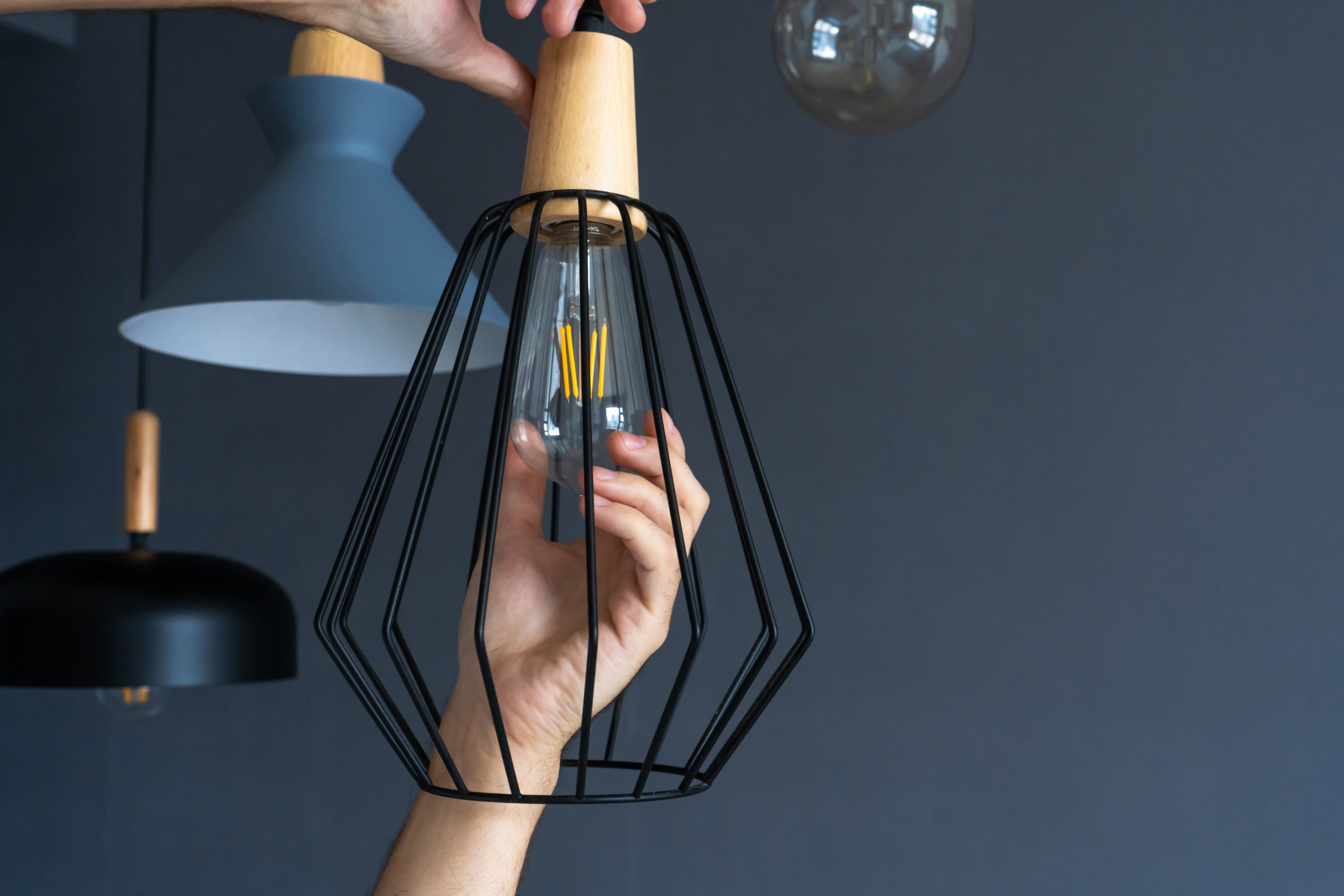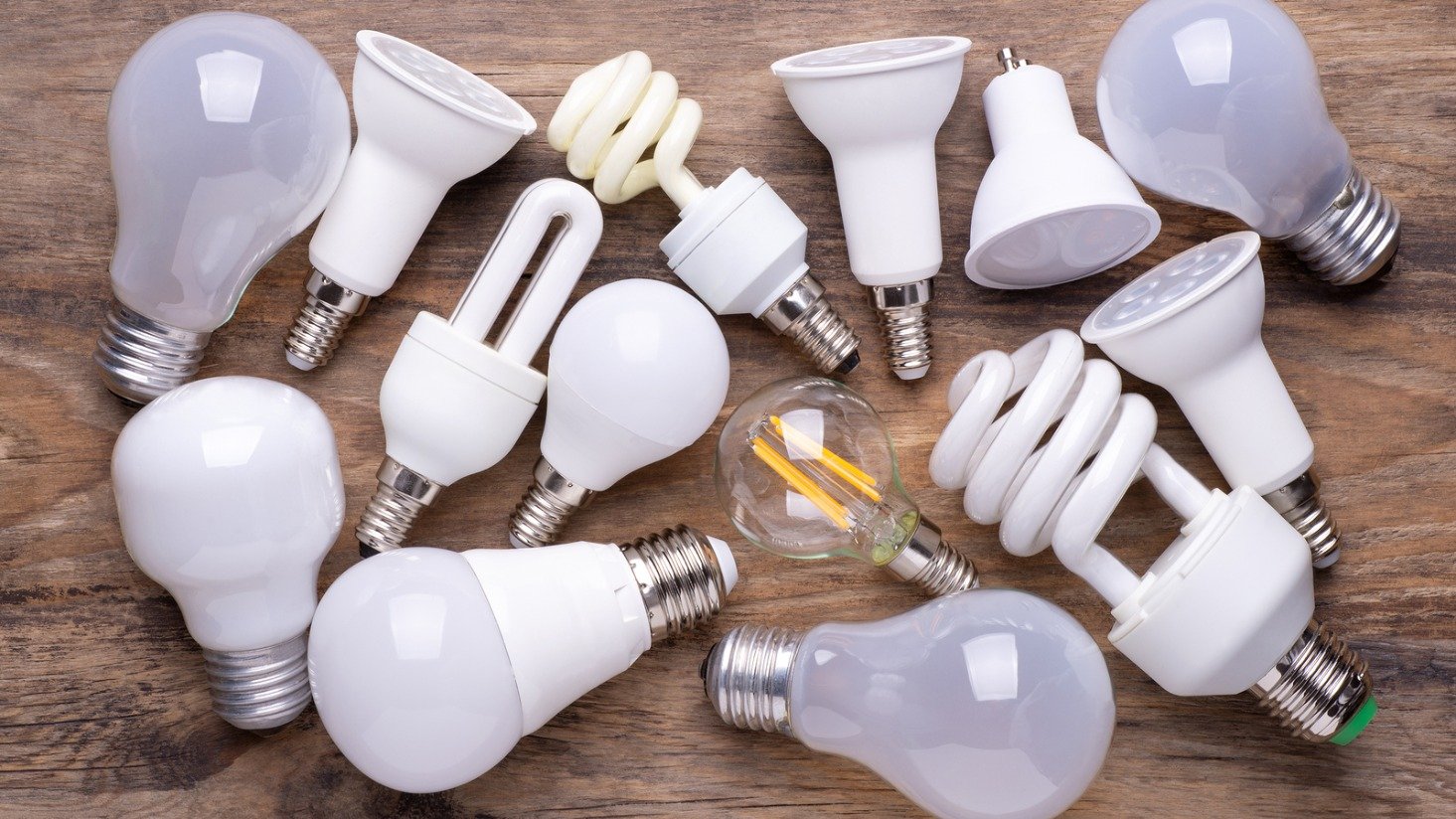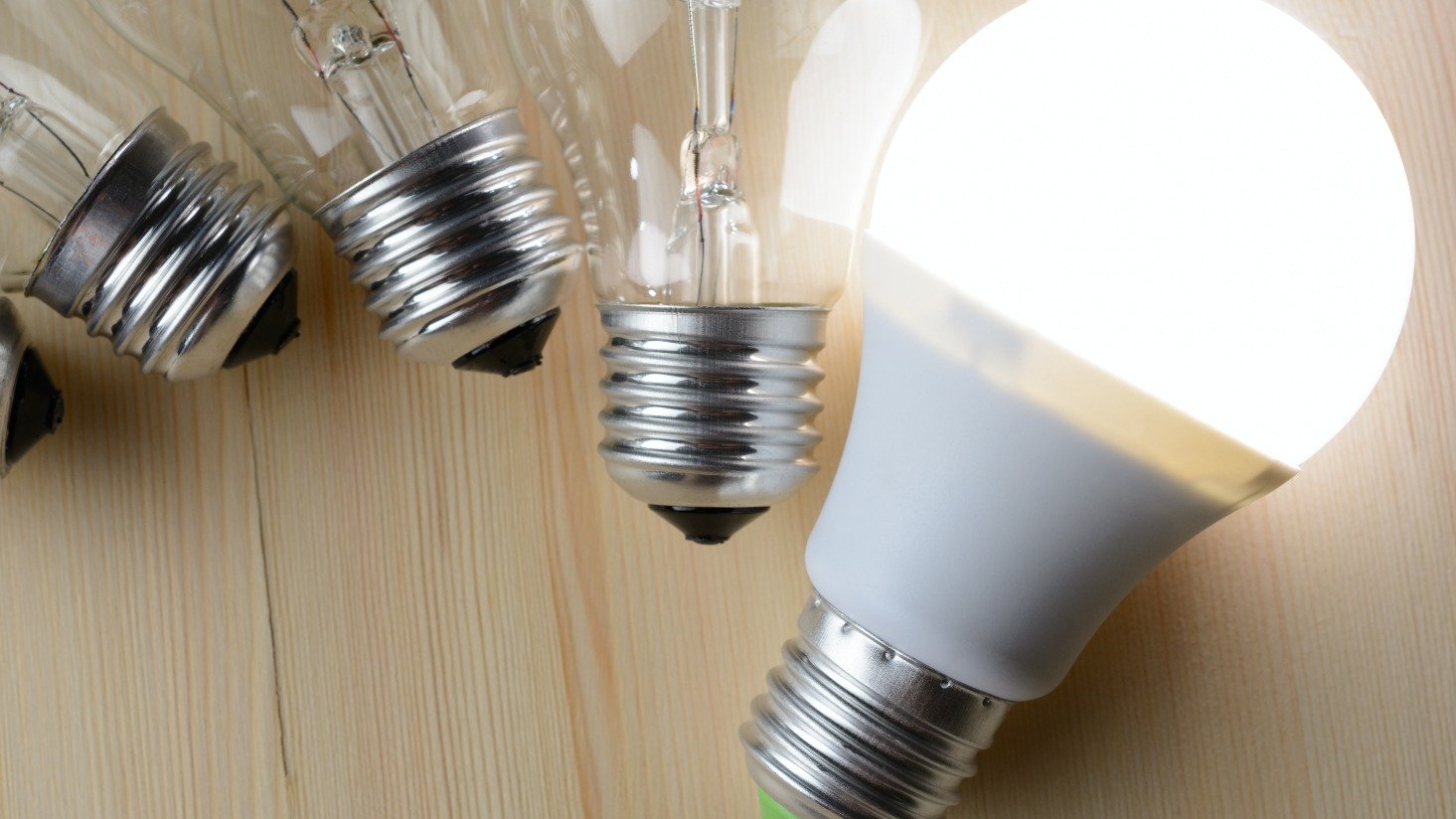What is halogen and how is it different than incandescent?
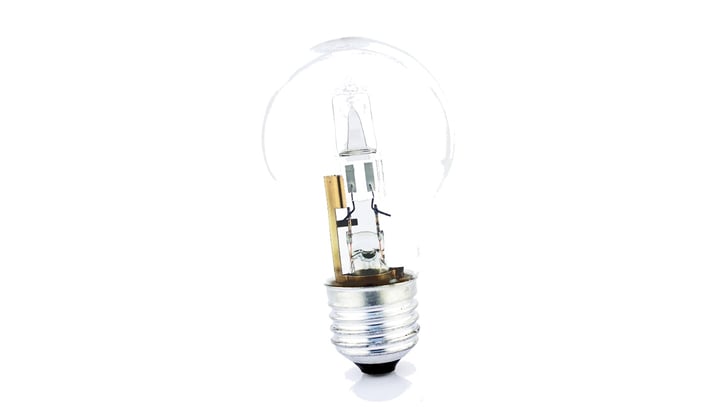
You may have heard about the light bulbs that are too hot to handle. Or perhaps you have heard them referred to as the lamps that have a bulb within bulb – similar to a dream within a dream, huh?
These are called halogens.
How do halogen lamps emit artificial light? Where should you use halogen lamps? Where does halogen fit into the lighting industry?
Let’s answer those questions and dive into the pros and cons of halogen technology.
But, before we begin, you may be thinking, “So, why do I need to know about technology and how does this knowledge benefit me?” I want to throw out a few advantages of understanding the technology before taking a deeper dive into the technology itself.
- Understanding how the light bulb produces artificial light helps us (and you) to troubleshoot when scenarios go haywire.
Example: Did you know that some halogen and HID lamps look nearly identical? Knowing the differences in technology will help you quickly identify that you have a halogen lamp in a HID socket. - Understanding how the light bulb produces artificial light helps us (and you) pick out the right bulb for the right application.
Let's briefly define halogen light before we jump in.
What is halogen light?
Halogen is a type of lighting technology that is essentially an enhanced version of incandescent. Just like with incandescent light bulbs, the electrical current enters the socket and travels up to the tungsten filament, heating up the filament to incandescence. Halogen light bulbs have tungsten filaments housed in a quartz capsule and filled with iodine and bromine
How do halogen light bulbs work?
We classify a light bulb by the technology it uses to produce artificial light. Because halogen lamps are only an enhancement of incandescent technology we don’t classify them as their own lamp family.
Remember how incandescent light bulbs work? Halogens work very similarly.
Electrical current flows from the socket and makes contact with the base of the light bulb. Just like with incandescent light bulbs, the electrical current enters the socket and travels up to the tungsten filament, heating up the filament to incandescence. The enhancement with halogen lamps is that the filament is enclosed in a quartz capsule filled with halogen gas. This gas is inert and made up of iodine and bromine.
The flow of electrical current starts the “halogen cycle,” where the particles burning off the tungsten filament are then redeposited back onto the filament by the halogen inside the quartz capsule, allowing for these particles to be “reused.” Reusing the particles gives the lamp a higher luminous efficacy and a longer life than incandescent lamps. So halogens can last up to 2,500 hours while incandescents have an average life of 800-1,200 hours.
Halogen lamps can also operate at a higher temperature than incandescent lamps. This is why you often see small halogen quartz light bulbs with a 250-300 wattage rating.
Halogen quartz capsule explained
A quartz capsule is made up of the purest form of glass. Whereas most traditional glass contains other diluting materials, quartz is pure and allows for the glass to operate at a higher resistance.
The caution with a quartz capsule is that the oils from our fingers break it down. So if you consistently touch a quartz capsule inside a halogen light bulb, your fingers will affect the life of the product.
Were incandescents bulbs banned? We explain here.
Where do you use halogen bulbs?
Our CEO uses halogen bulbs in his home. The halogen quality of light and color temperature accent the beautiful rustic décor in his home perfectly.
And for all the buzz LED gets, plenty of lighting specialists and designers recommend halogen light bulbs for residential or decorative purposes.
Other than those, here are a few applications where you see halogen bulbs used the most:
Jewelry cases
Many jewelry stores use halogen mirror reflectors to highlight gold jewelry. The way the light reflects from the mirror reflector and onto the jewelry gives it a warm, rich, and high-class tone.
Retail
Some retail stores still use halogen PAR lamps in their track lighting. Typically, you see these used in retail stores that have a “dim” and warm vibe they are trying to achieve. Abercrombie, Hollister, and PacSun are a few that use halogen bulbs.
Specialty applications
You will also see halogens used to heat the food, or in portable projectors. Due to the small size of the quartz, halogen light bulbs can be very beneficial in these niche applications.
Halogen pros and cons
Here’s a few pros and cons of halogen lighting:
Halogen pros
- Quality of light
Again, just as Incandescent light bulbs are the gold standard of quality of light (compared to other artificial light sources), halogens hold the same standard, as they are still part of the incandescent family.
- Compact size
Because the quartz is so small, you can use halogen lamps in some unique applications –– inside of tools, appliances and, as I mentioned earlier, projectors.
- Dimming capability
If you own a restaurant and have a few halogen PARs popped in your recessed cans for general lighting, you’re in good shape if you want to dim them. Wherever you might be looking to dim your lights, halogens are an excellent option.
- Low cost
With a large-scale phaseout of many traditional incandescent products, halogen became a go-to low-cost lighting option.
Halogen cons
- Inefficient energy use
Although halogens are more efficient than a traditional incandescent, compared to artificial light in today’s day and age, halogens are very inefficient when it comes to their lumen-per-watt ratio.
- Hidden components
Because the tungsten in a halogen bulb is enclosed with quartz, the vintage and traditional feel of an incandescent bulbis lost.
- Limitations
If your space is modern and sleek, you might be looking to accent it with a higher Kelvin temperature which gives off cool and clean light. Halogens are limited in their ability to meet certain application requirements.
- Component breakdown
Halogens are sensitive to oils in the skin, which can eventually harm the life of the product.
For more basic lighting technology information, check out these posts:







